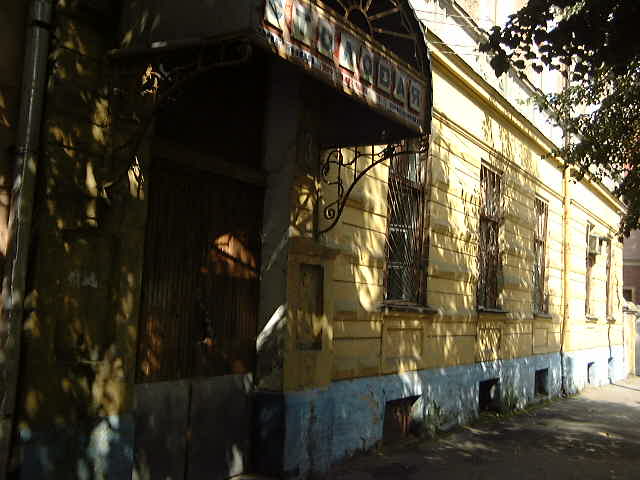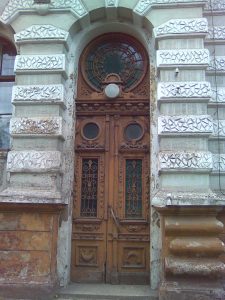The market region of Tilsit situated on the Memel river received its town charter in 1552. From 1708 -1710 the Black Plague depopulated this area. Afterwards new settlements followed from throughout Germany; as well Swiss, French and in particular Austrians from Salzburg found their way to East Prussia in the 18th century. The city of Tilsit became a town administered as a district in its own right in 1895. After the First World War the boarder with Germany was moved to the Memel region, which was later annexed by Lithuania, north of the town along the Memel river. The Tilsit district forfeited its northern region with the Treaty of Versailles. Today the town is called Sovetsk and belongs to the Kaliningrade region.

Most of the documentation concerning the history of the town has been lost since the Second World War. This fact extends to the documents about the history of the Tilsiter Jews too.
From copies of the town scrolls of Tilsit from 1754 -1855 and 1872 -1905 one can see how many Jews, their place of origin and time of application applied for citizenship.
 Among the 102 Jews who applied for citizenship from 1813 -1855 21 were already born in Tilsit. 13 came from Tuelz (West Prussia), 8 came from the Markisch Friedland but only five (4,9%) from non-German regions. The immigrants came from Russian Smurgon and Sluzk as well as the Lithuanian towns Wirballen, Tauroggen and Mariampole.
Among the 102 Jews who applied for citizenship from 1813 -1855 21 were already born in Tilsit. 13 came from Tuelz (West Prussia), 8 came from the Markisch Friedland but only five (4,9%) from non-German regions. The immigrants came from Russian Smurgon and Sluzk as well as the Lithuanian towns Wirballen, Tauroggen and Mariampole.
Among the 128 Jews who applied for citizenship from 1872-1905 17 were already born there and 43 (33,6%) came from non-German regions. These immigrants came from Russia, Poland, Kurland and Lithuania, alone 8 came from the nearby town of Tauroggen and 3 from the town of Wischtyten which lies on the Lithuanian-Prussia border.

This trend of increasing immigration from the eastern neighbouring regions was typical for the entire East Prussia. Right after 1880 Russian Jews fled the pogroms and the repression of the Czarist Russia to Germany in large numbers. However an even larger number were the group of Jews who proceeded at once to other countries-either at once to the New World or to Palestine through Germany.
Nonetheless no one could image that Tilsit or East Prussia represented only stop over for the Jewish population that settled here and that the next generation would have to emigrate once again to America, South Africa or even in the last moment to Shanghai.
Due to its location as town with good connections for railway, port and roads 25 km in front of the Russian boarder Tilsit offered a wide range of possibilities for foreign and domestic merchants. Many merchants stayed in this town. When the conditions for entrance were made more restrictive for Russian Jews after 1880 the town and the Synagogue suffered heavy losses.
Sources:
Secret State archives Berlin
Ab. XX, Rep. 12, Titel 3, Nr. 33, Band. III
Tilsit, Niederung and part of Ragnit 1878-1889
The copies of the town scrolls of Tilsit are part of the collection
Brilling in the Jewish Museum Frankfurt (A 153)
Ambrassat, History of East Prussia
Photos:
Walter Engelhardt (Ulla Lachauer, Land der vielen Himmel. Memelländischer Bilderbogen. Die Photosammlung Walter Engelhardt),
Michael Leiserowitz
Translation from German by Mark Lekarew
Go to directory Places in East Prussia A-Z >>
